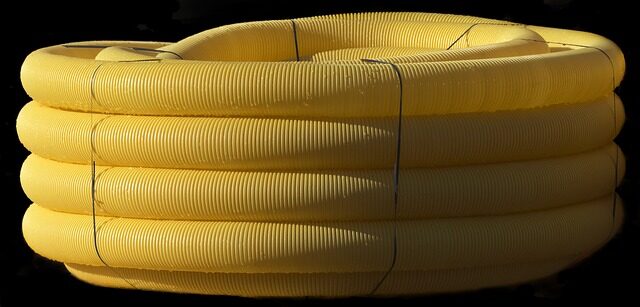You rely on your compressed air system to keep your manufacturing processes moving along efficiently. One of the things that affect this efficiency is the quality of the pipe materials used in the system. How can you tell which piping is best for your system? As you consider the various options, keep these four things in mind: cost, performance, and endurance.
Plastic Pipes
Plastic pipes are one of the least expensive options for running your compressed air service jacksonville fl system. The material is lightweight and doesn’t corrode. In many ways, plastic holds up to wear and tear, so your pipes may last for many years. It performs well when used with oils and lubricants because these materials don’t damage the plastic. One thing to be aware of is that not all plastic piping is OSHA approved for compressed air systems. It’s also important to recognize that there’s a wide range of plastics available; look for good quality piping with OSHA-approval.
Metal Pipe Options
Metal piping is a traditional option and has been used successfully in many applications. Although metal is more expensive than plastic and takes longer to install than plastic, there are important trade-offs. Metal pipes handle pressure better than plastic and are less likely to crack, split, warp, or suffer damage in other ways. Metal pipes also last longer, resulting in cost benefits over time.
- Aluminum is a current favorite for use in compressed air piping. It is much lighter than other metals, doesn’t give in to corrosion, and is easy to install. Aluminum pipes are easy to modify when necessary. It doesn’t have the same history as other methods, but for the past 10 to 15 years, aluminum has impressed many professionals.
- Black iron piping has a proven history of strength and durability and remains a popular choice after many years of use in compressed air systems. Some drawbacks to this heavy metal are the difficulty of installation and its susceptibility to corrosion.
- Copper pipes are relatively lightweight and resist corrosion. Copper is easy to install and accepts most standard fittings and joining options. Copper piping is a great option for compressed air systems, but the cost of copper has risen quite a bit, so you’ll have to carefully weigh the high cost with its benefits of performance and endurance.
- Steel piping is available in galvanized and stainless steel varieties. This metal piping offers most of the benefits of black iron piping but has a few differences. Galvanization reduces the risk of corrosion until the galvanization degrades. Stainless steel is also resistant to corrosion, but this metal is one of the most expensive for compressed air systems and is difficult to work with.
As you consider your options in compressed air system piping, remember to balance the costs of materials and installation, the capacity to handle high pressures, and what you can expect in longevity. The more you know about your options, the better you can choose the right piping material for your compressed air system.

